Cyber Monday 2025 eCommerce Shatters Records
Reading Time: 3 minutesSummary Cyber Monday 2025 has officially become the largest online shopping day…
Google, through its e-commerce platform, is empowering retailers to sell on google express and is leveraging its massively used search engine and fastly adopted Google Home devices to compete in the e-commerce and retail segment. Therefore, retailers are lining up to list their products on Google Express. However, equally important is to create a great product feed for Google Express.
Now showcase products on Google Shopping for free with CedCommerce’s extended plan to upload unlimited Shopify products at zero cost.
With Google Express, customers can add items to the same cart from mobile, desktop and voice assistant through the Universal Cart functionality.
Additionally, it empowers them to appear for leading Google queries such as “Where can I buy this?” “Where can I find it?” “How can I buy it?” “How do I transact?”
As a result, retailers have reported a 30-35% increase in the Average Basket Value from the platform.
However, merely registering your products won’t get you far in the Google Express, rather you need to align your Feed in accordance with Google Shopping Action Plan Guidelines.
Therefore let’s take a look at all of the attributes individually:
There are two fields – item information – which are mandatory to be provided and it applies to all the products of the store. The attributes are item id & title.
For itemid
For title
Another way to match your products with local products is using Matching Attributes. This is even more significant to retailers that are planning to run Shopping Ads campaign. The matching attributes comprise of webitemid, gtin, brand, mpn, and condition.
For Webitem ID:
GTIN/MPN/Brand: This used once item is not available and the merchants sell both in-store and online, the merchants may either use webitemid or one of the unique product identifiers.
Condition: There are 3 types of conditions which are permissible – new, used, refurbished. This among the most important attribute to create a great product feed for Google Express.
This set of attributes is essential for all the products. However, there is one caveat to it. You need to provide the information on all the attributes if haven’t created a product feed. In the condition you’ve created the feed, then it is required only for those products that are in the store and aren’t the part of the feed. The set of introduction includes description, image link, condition, GTIN, brand and Google Product category which makes is a part of a great product feed for Google Express.
For Description:
For Images:
The items belonging to apparel additionally require some more details to offer a piece of holistic information. The fields required are: item_group_id, color, size, gender, age group
This set of data is required for items that need additional care. The attribute includes special handling, delivery condition, consumer_notice.
Google wants you to enter the tax and fee-related information. Although Google can make some assumptions as per the location, however, it is recommended to provide the details to save the feed from getting rejected.
There are also some optional attributes related to pricing which you can use if you’re offering a product under the sale. The attributes are price, sale price, sale price effective date
Also, sellers can enable customers to pick a particular item in-store. To do so, they need to add 2 attributes to their feed namely → pickup method and pickup SLA.
Q. Can I use the same feed from my Magento store on Goole Shopping?
Ans. Yes, you can use the same Magento store feed on Google shopping by using the Magento Google Shopping Integration. This efficient tool serves as an efficient bridge between the two platforms hence allowing easy feed transfer and management.
Q. Is there any centralised solution that allows you to sell on Google Shopping and Magento simultaneously?
Ans. Yes. With the help of Magento Google Shopping Integration, you can easily sell on Google Shopping and Magento simultaneously. This Integration provides you with a complete solution through which you can easily list your Magento store products on the Google Shopping site and thus increase the product sale.
Once you create a feed that contains all of the aforementioned information, it is likely to be processed faster by Google and the listings are life on the Google Express platform within minimum possible time.
Google Shopping Actions US is open for Merchants in India and Canada: Start selling cross-border to customers in the US, from either India or Canada without any fuss, right away.
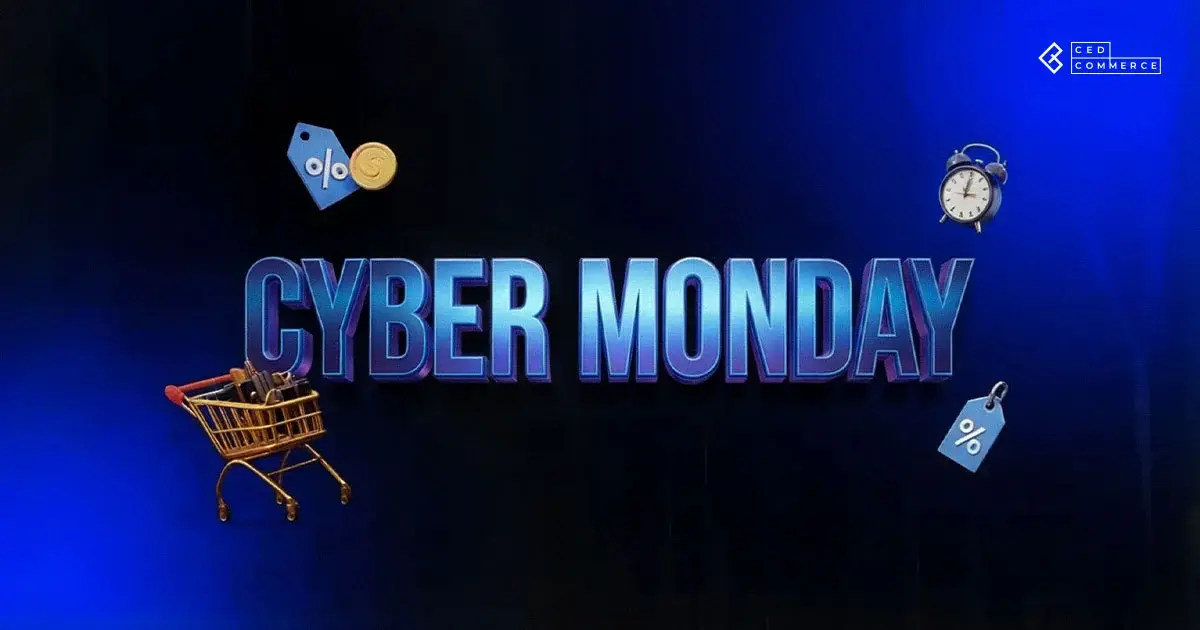
Reading Time: 3 minutesSummary Cyber Monday 2025 has officially become the largest online shopping day…

Reading Time: 2 minutesSummary Amazon kicked off December with two major developments shaping the future…

Reading Time: 2 minutesSummary Walmart has entered December with two major moves that signal a…
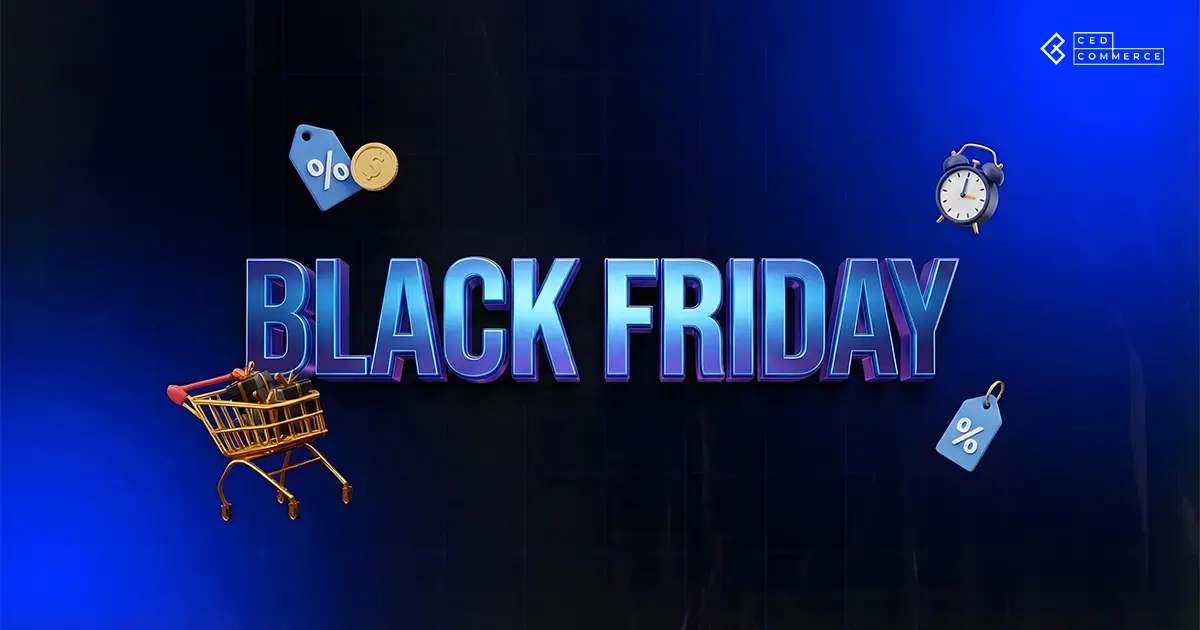
Reading Time: 2 minutesBlack Friday 2025 delivered the strongest U.S. eCommerce performance in history, as…
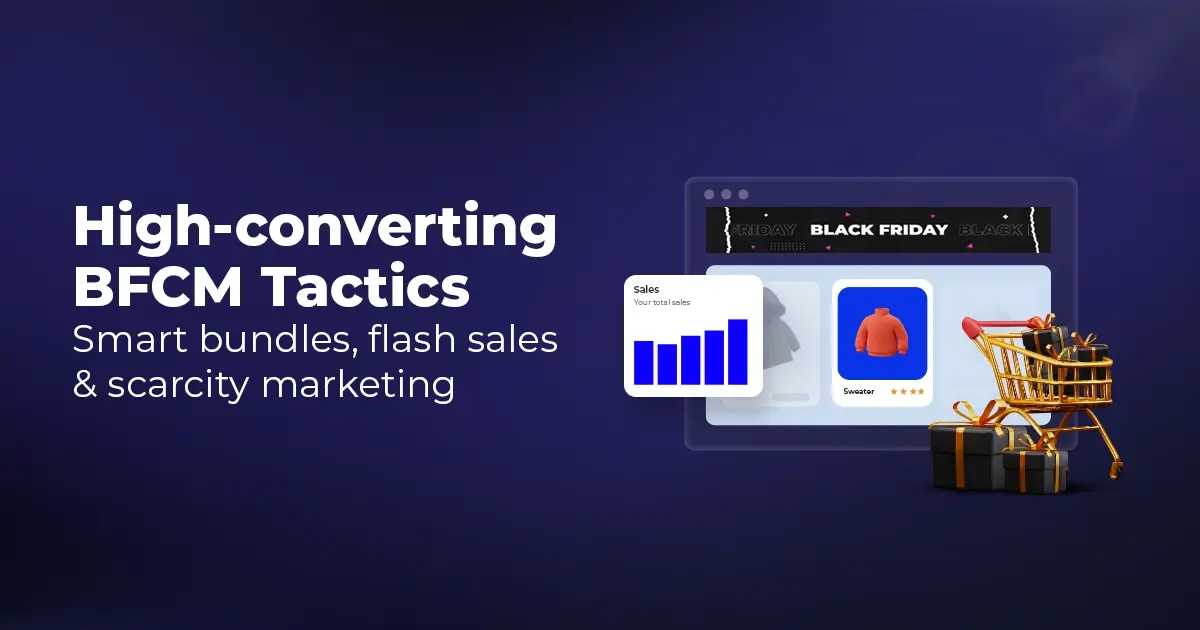
Reading Time: 13 minutesStill approaching BFCM with generic discounts, last-minute price cuts, or scattered promotions?…
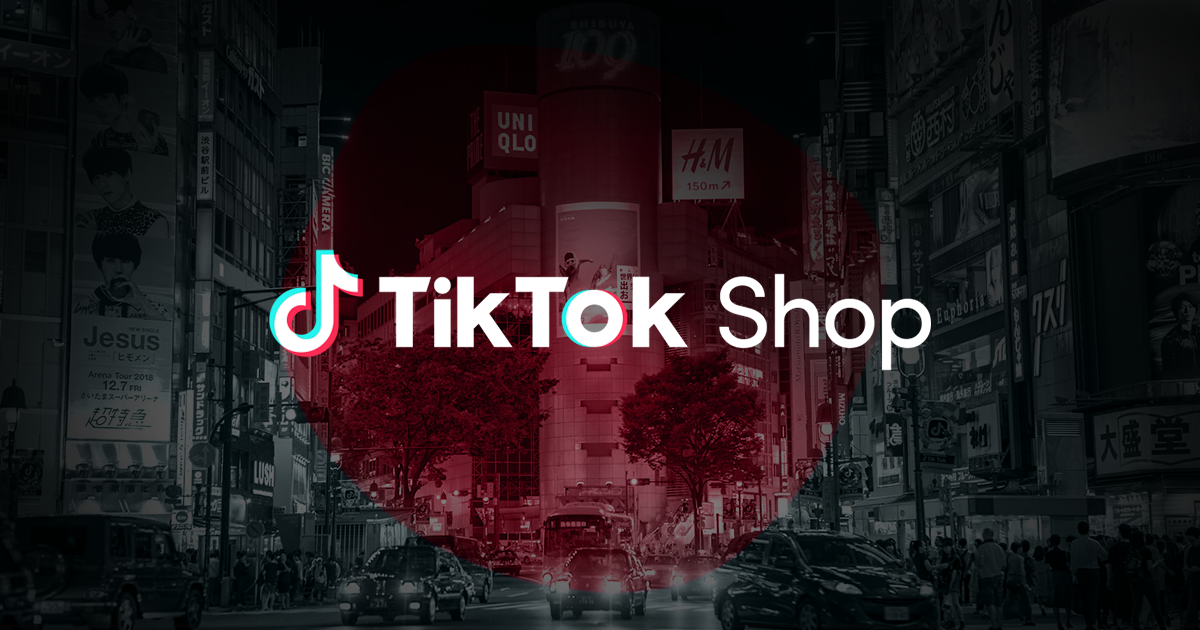
Reading Time: 3 minutesTikTok Shop reached a major milestone during its largest U.S. “Global Black…

Reading Time: 3 minutesOpenAI has announced a new AI-powered shopping research tool designed to help…
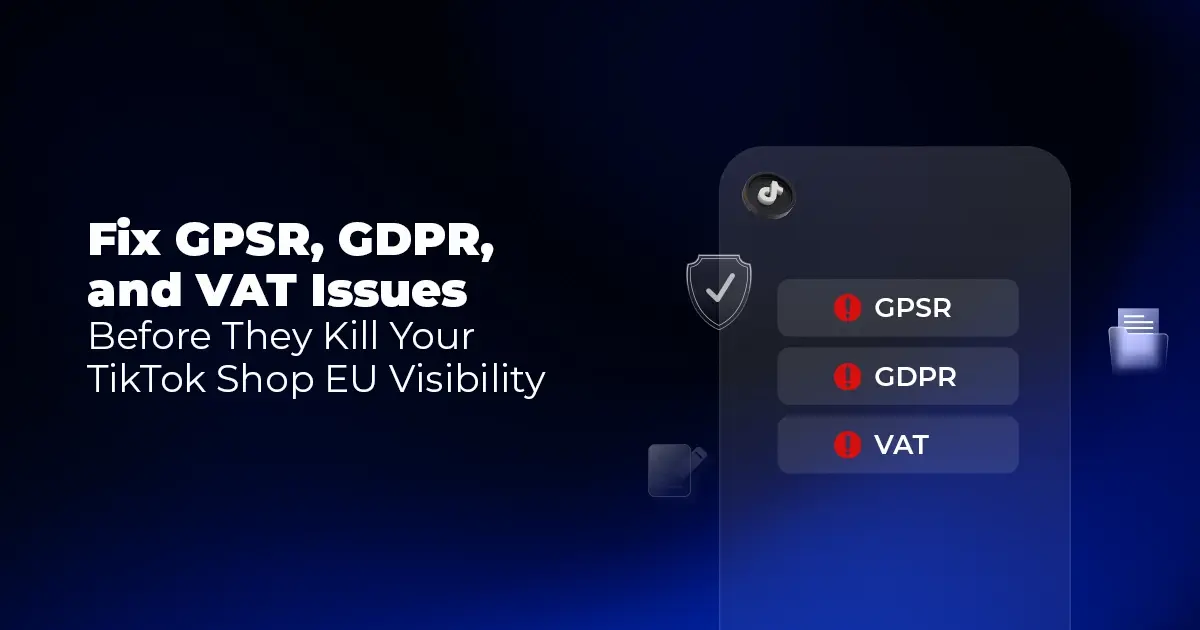
Reading Time: 9 minutesIf your TikTok Shop listings often sit in review or your visibility…

Reading Time: 3 minutesAmazon has rolled out a new “Seller Challenge” feature for eligible Account…

Reading Time: 3 minutesWalmart Marketplace has sharpened its requirements around product classification (category, type group,…

Reading Time: 3 minutesJust ahead of Black Friday, Amazon is enforcing tighter controls on its…

Reading Time: 11 minutesWhere holiday prep of past years focused on legacy channels like Amazon,…
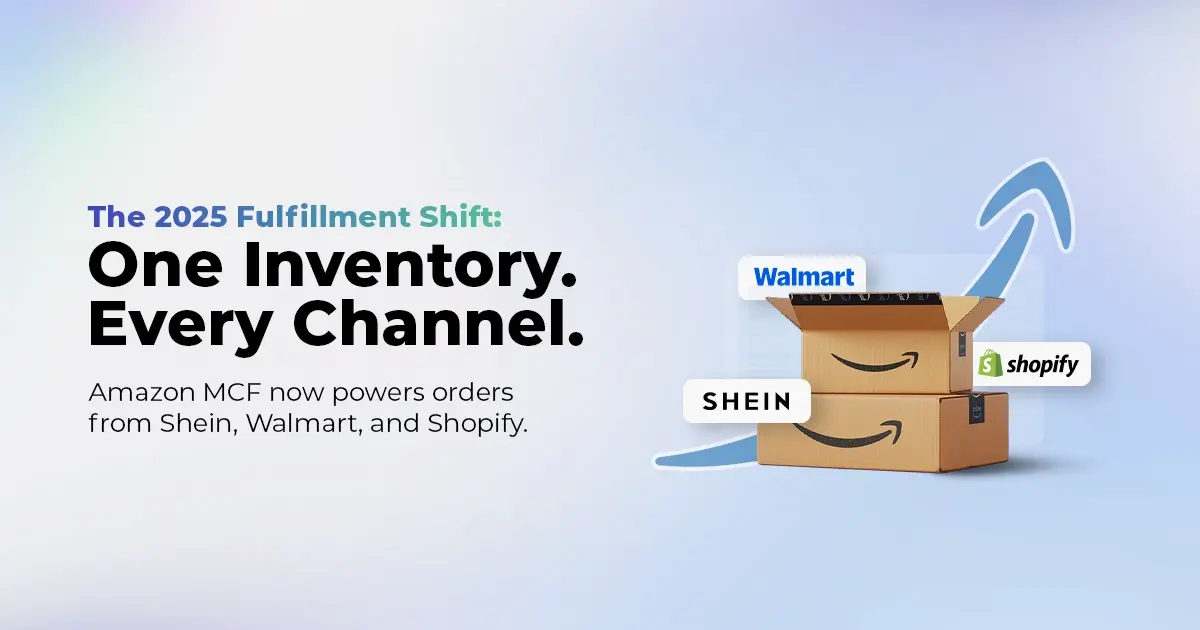
Reading Time: 11 minutesThe eCommerce shift you actually need to act on Multi-channel fulfillment has…
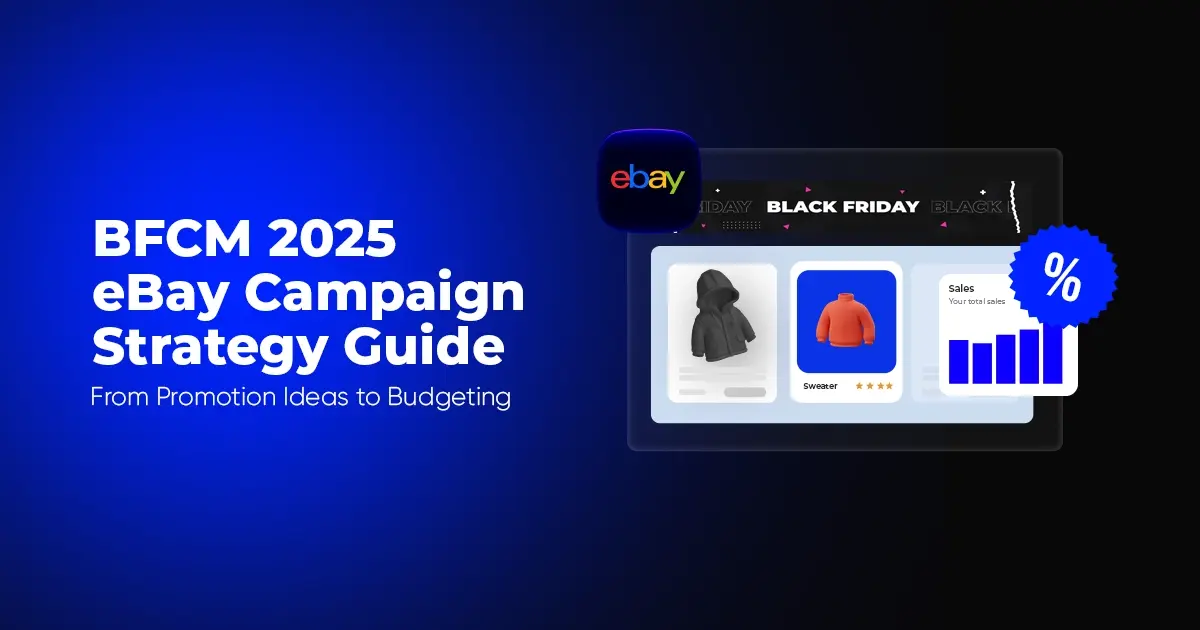
Reading Time: 10 minutesBlack Friday Cyber Monday (BFCM) isn’t a weekend anymore; it’s a two-month…

Reading Time: 2 minuteseBay is quietly testing a new feature that could reshape how buyers…

Reading Time: 2 minutesAmazon is stepping into a new era of value commerce with the…
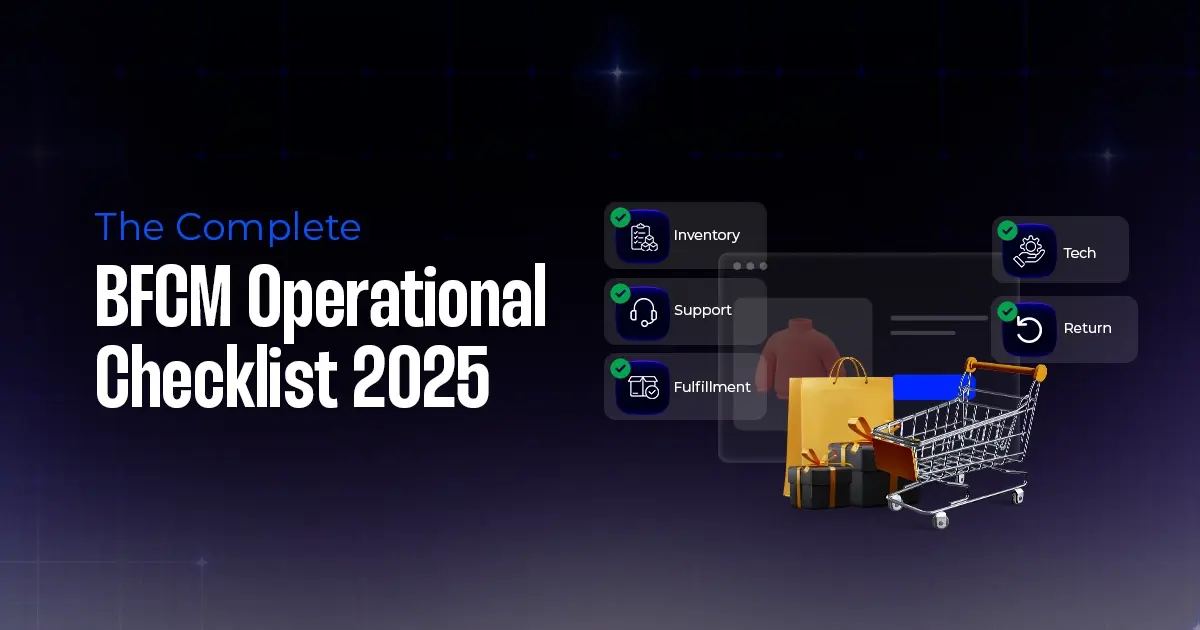
Reading Time: 11 minutesThe $240 Billion BFCM Opportunity & Why Operations Matter Every seller, business,…

Reading Time: 7 minutesTL;DR — Your 60-Second BFCM Battle Plan Time remaining: 3 weeks until…

Reading Time: 2 minutesChina’s Double 11 shopping festival — the world’s largest annual online retail…

Reading Time: 2 minutesAs the holiday season approaches, TikTok Shop has released its September 2025…
What is the difference between itemid and id. Way confusing to me, especially when I do a keyword search for "itemid" and can't find any insight
Hey John,
Thanks for asking this question!
Basically, there is no difference in between the two, itemId and Id, both are essentially the same. We just use itemId because it brings more clarity that it is the unique Id of the item.
Hope this clears your doubt.
Leave a Reply